| A | To top | ||
 |
AT&S |
Beica, Rozalia
Heterogeneous Integration - The New Driver of Innovation and Growth
 Abstract Biography |
Advanced Packaging Conference (APC) |
| B | To top | ||
 |
Berliner Nanotest und Design GmbH |
von Essen, Tobias
Holistic thermal material characterization approach for thermal performance optimization of electronic packages
 Abstract Biography |
Advanced Packaging Conference (APC) |
| D | To top | ||
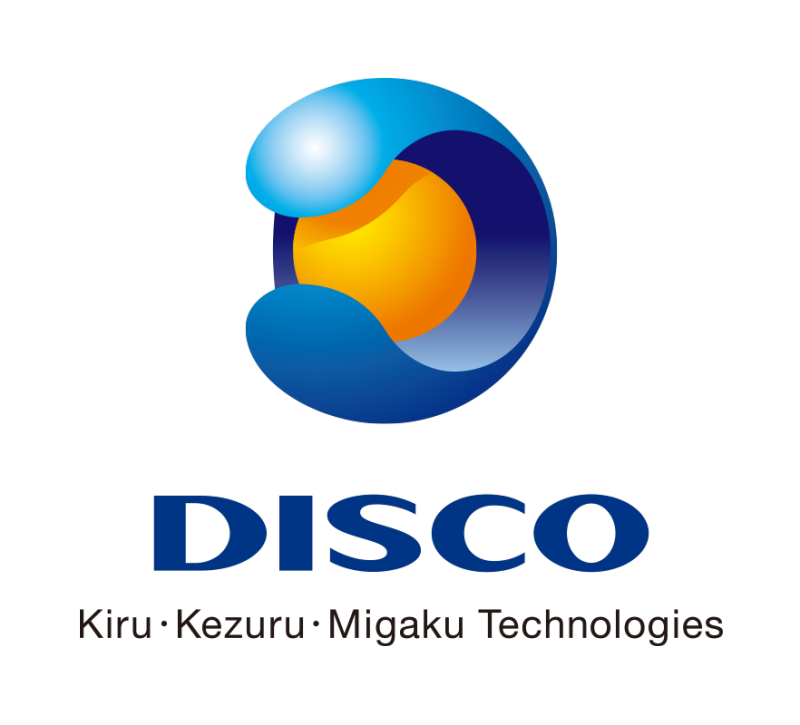 |
DISCO Hi-Tec Europe GmbH |
Klug, Gerald
New solutions for plasma dicing, and new solutions for processing of SiC wafers ranging from ingot splitting, grinding, polishing to high speed and chipping free dicing.
 Abstract Biography |
Advanced Packaging Conference (APC) |
 |
Duale Hochschule Baden-Württemberg (State Cooperative University Baden-Württemberg) |
Hopf, Gregor
Drivers of Digitalisation: What is Digitalisation and why can it change so much?
 Abstract Biography |
Fab Management Forum (FMF) |
| E | To top | ||
 |
ESPAT-Consulting - Steffen Kroehnert |
Kroehnert, Steffen
Conference Chair, Session Chair
 Abstract Biography |
Advanced Packaging Conference (APC) |
 |
EVG |
Brandl, Elisabeth
High throughput & high yield heterogeneous integration with implemented metrology for collective D2W Bonding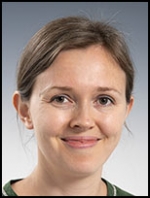
 Abstract Biography |
Advanced Packaging Conference (APC) |
| F | To top | ||
 |
Fraunhofer EMFT |
Yacoub-George, Erwin
Development of a foil based flexible interposer for power conditioning IC in energy autarkic systems
 Abstract Biography |
Advanced Packaging Conference (APC) |
 |
Fraunhofer ENAS |
Gadhiya, Ghanshyam
Virtual Prototyping for System-in-Package with Heterogeneous Integration - Enabler for faster Time-to-Market
 Abstract Biography |
Advanced Packaging Conference (APC) |
 |
Fraunhofer Institut für Zuverlässigkeit und Mikrointegration |
Brockmann, Carsten
Innovative Packaging and Evaluation Approach for an Universal Sensor Platform
 Abstract Biography |
Advanced Packaging Conference (APC) |
| H | To top | ||
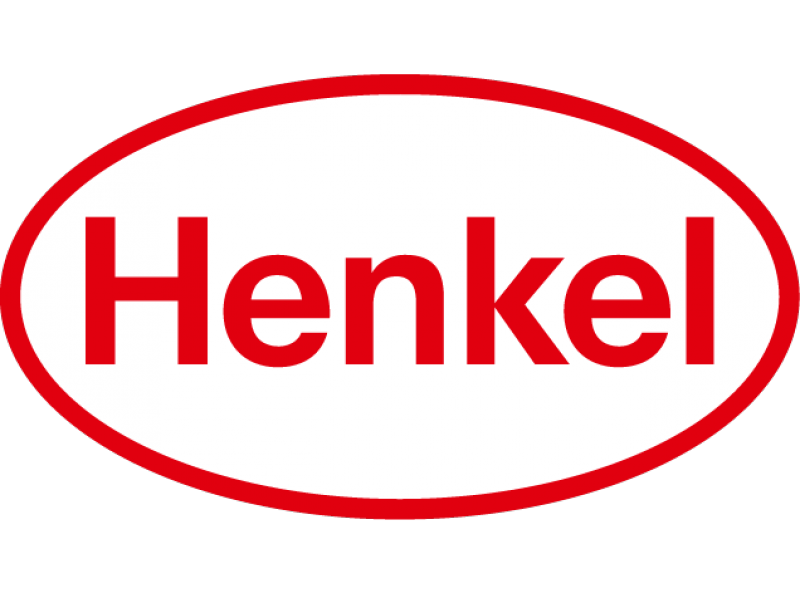 |
Henkel Belgium NV |
de Wit, Ruud
Enabling Assembly and Packaging Material Developments for Next Gen RF Devices, Antennas and Radars
 Abstract Biography |
Advanced Packaging Conference (APC) |
| I | To top | ||
 |
INFICON |
Neel, Michael
Incorporating Subfab into Factory and Tool Digital Twins
 Abstract Biography |
Fab Management Forum (FMF) |
 |
Infineon Technologies |
Meyer, Thorsten
Challenges for Heterogeneous Integration in Package – Applications driving Materials and Processes towards Diversity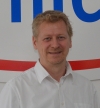
 Abstract Biography |
Advanced Packaging Conference (APC) |
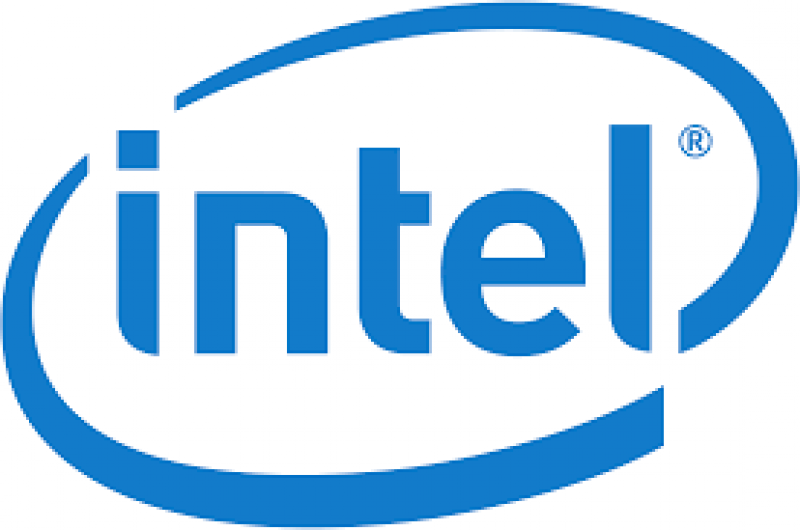 |
Intel Deutschland GmbH |
De Mesa, Eduardo
Flip-Chip Scale Package(FCCSP) Process Characterization and Reliability of Coreless Thin Package with 7nm TSMC Si
 Abstract Biography |
Advanced Packaging Conference (APC) |
| L | To top | ||
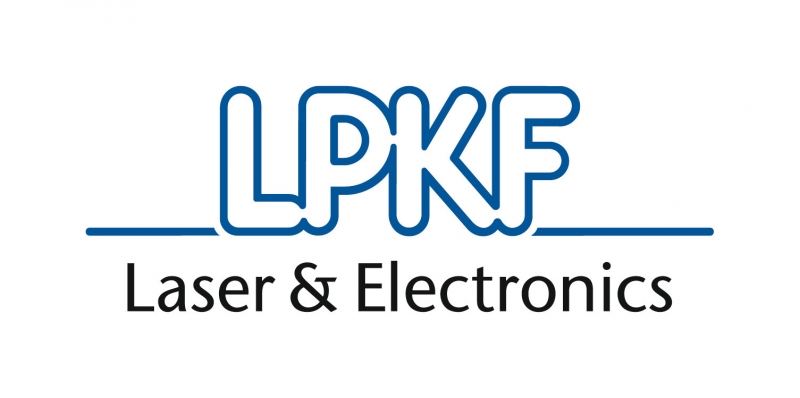 |
LPKF Laser & Electronics AG |
Roick, Florian
Active Mold Packaging for novel Antenna-in-Package interconnection and manufacturing
 Abstract Biography |
Advanced Packaging Conference (APC) |
| M | To top | ||
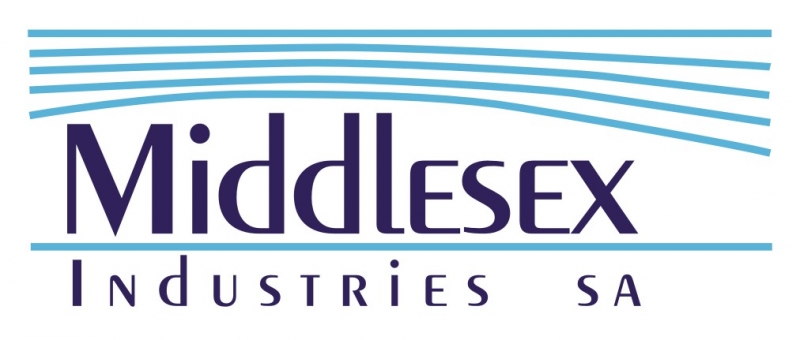 |
Middlesex Industries SA |
Horn, George
AMLS Hybrid implant technology and product
 Abstract Biography |
Fab Management Forum (FMF) |
| P | To top | ||
 |
PEER Group |
Suerich, Doug
Cost-effective automation for legacy factories
 Abstract Biography |
Fab Management Forum (FMF) |
| T | To top | ||
 |
Tokyo Electron Limited |
Shekel, Eyal
From smart manufacturing vision to Innovative Advanced Service Solutions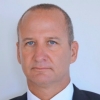
 Abstract Biography |
Fab Management Forum (FMF) |
 |
Trelleborg Sealing Solutions |
Gulcur, Murat
Correct Material Selection and Life-Time Prediction of Elastomer Parts Using FEA Simulations
 Abstract Biography |
Fab Management Forum (FMF) |
| U | To top | ||
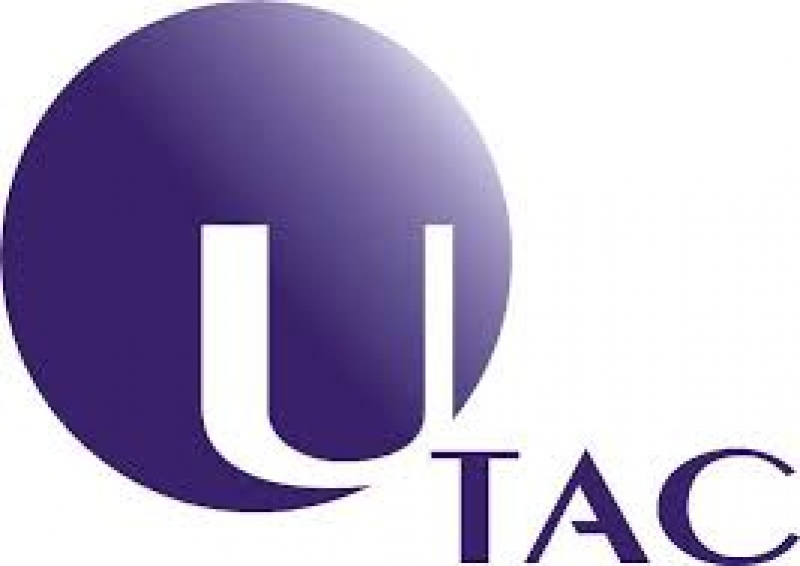 |
United Test and Assembly Center Ltd |
Attard, Alastair
Vertical stacking of controller IC on a copper clip attached on MOSFET as a space-saving solution for high current switch e-fuse applications
 Abstract Biography |
Advanced Packaging Conference (APC) |
| W | To top | ||
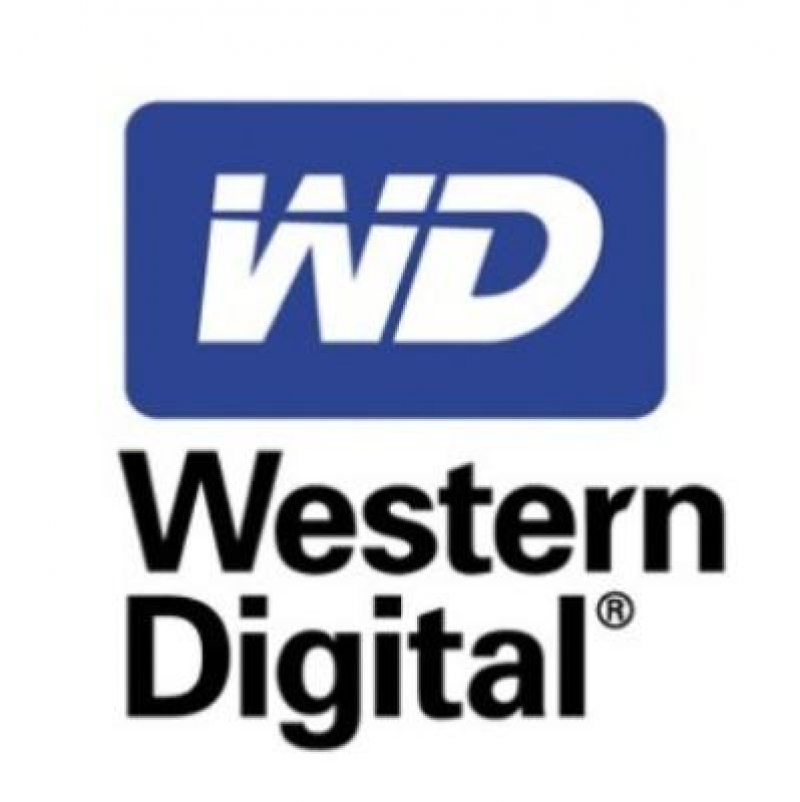 |
Western Digital |
Zhang, Feng
Industrial Internet of Things in Western Digital Wafer Operation
 Abstract Biography |
Fab Management Forum (FMF) |